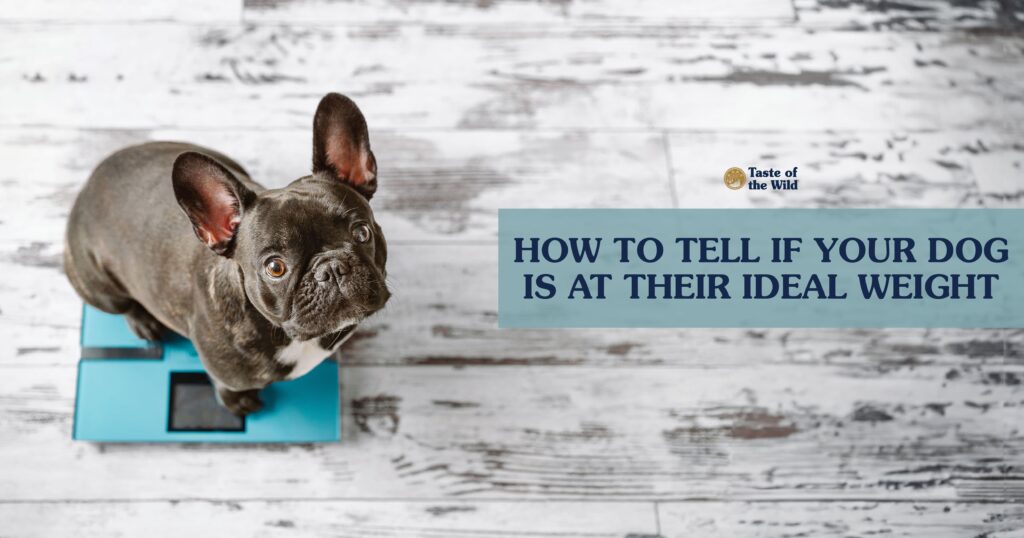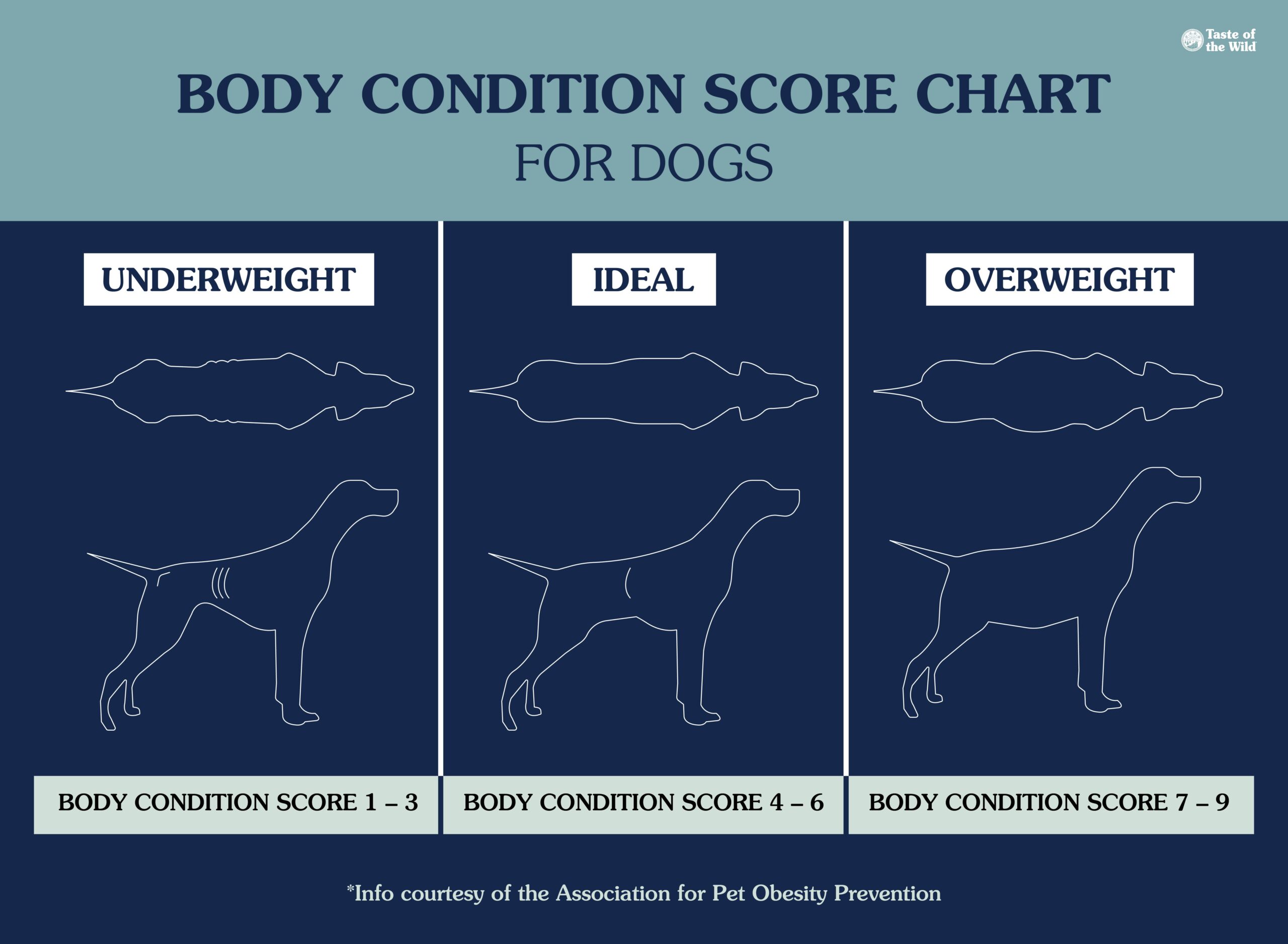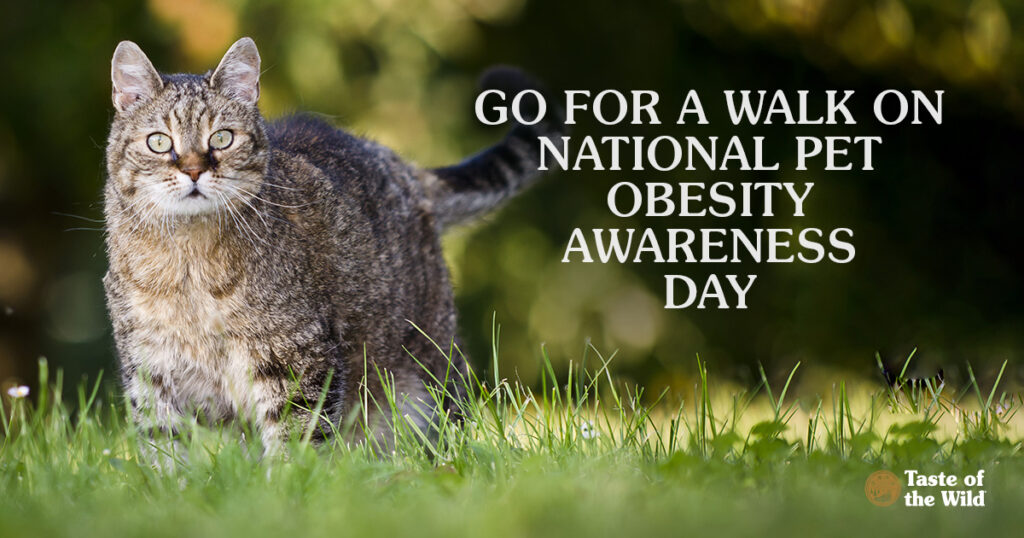
When Fido looks up at you with those big, beautiful eyes asking for one more handful of treats, it can be hard to say no — even if they were just asking for treats two hours earlier. Wanting a full, happy, healthy life for your dog is every pet owner’s ultimate desire. But how do you know if your doggo is getting too heavy? Or how do you know what the ideal weight even is for their breed?
Body Condition Score
Rather than calculating your dog’s body mass index (BMI), veterinarians recommend pet parents look to the body condition score (BCS). Your pet’s BCS is found by evaluating fat on their ribs, waist and hips. Veterinarians recommend monitoring and evaluating your pet’s BCS once a month to stay on top of any potential issues. An ideal weight will lower your pet’s chance of arthritis, diabetes, high blood pressure, breathing problems, kidney disease and, in some cases, cancer. Making sure your pet is at their optimal weight can also reduce the concern of joint injuries associated with excess weight.

How to Evaluate Your Dog’s Ribs
When evaluating the ribs, you should ideally be able to lay your fingers flat to feel the bones. If you need to press your fingertips into their body to locate their ribs, your pet is closer to a 6 out of 9 on the scale. If you have difficulty finding your pet’s rib cage with your fingertips, they’re more likely a 7 out of 9 on the scale. If you can’t find your dog’s rib cage at all using your fingertips, they’re pushing an 8 or 9 on the scale.
Moving in the opposite direction, if you can easily feel your dog’s ribcage and can barely see them, they’re a 4 out of 9. A dog whose ribcage is very visible upon sight and touch are likely under their ideal weight. There are some dog breeds who naturally have very lean body types, like greyhounds, who are an exception to this rule.
A Visible Waist Is Key
Looking past your dog’s ribcage, there should be a visible waist. On fluffier breeds, you should be able to feel their waist or see it when they are wet. Evaluating your pet from the side, you should see a “tuck” by the abdomen starting where the chest ends and going up toward the hips.
If your pet’s belly hangs lower and there’s not much of a tuck, they are likely on the overweight or obese portion of the scale. If the opposite situation occurs and you’re seeing no belly fat and a prominent tuck, they could be underweight.
Hips, It’s All in the Hips
Lastly, let’s evaluate your pet’s love handles — yes, doggos can get love handles just like we humans do. Ideally, you should be able to feel your pet’s hips easily, with no squishy layers on either side. If you can easily see your pet’s hip bones or there is no muscle felt, they are likely underweight.
Re-Evaluating Your Dog’s Diet
After gauging Fido’s body condition score, what do you think? Has Fido lost too much weight in the last month? Consider how active they’ve been and if their appetite has changed. Make an appointment with your veterinarian to discuss potential underlying conditions that may be affecting your dog’s weight. Fido’s weight loss could be a sign of digestive issues, dental problems, parasites or other underlying medical conditions that require immediate attention.
Does Fido seem a little too pudgy? It may be time to look at how much you’re feeding your dog as well as the types of foods you’re giving them. Reach for complete and balanced dog foods and visit with your veterinarian or nutritionist to discuss how much you should feed your pet based on their breed, age and current weight. Automatic pet feeders can be a solution in helping control the portion size of kibble Fido eats throughout their day. Consider adding an extra walk or two throughout the day, too, to help them shed the extra pounds. Bonus: an extra walk means extra bonding time with Fido!
The right steps today can make for a healthier tomorrow.


